Taking precautions and knowing what to do when driving conditions dramatically change ensure a safe drive for both you and others on the road.
Driving is one of the most pleasurable experiences you can have. But with unpredictable weather change, the drive can take a toll on you and make the conditions tougher and more challenging. With rain, fog and even dust, your driving visibility can reduce. The golden rule is to lower your speed and turn on your low-beam headlights. With proper preparation, you can change your driving pattern according to how the weather permits you to. Also remember the most important thing ; remain calm and relaxed. Following tips will ensure how you can drive safely.
FOG
Winter is setting in slowly but steadily, one can’t escape the fog, especially in North India. Our first reaction is to switch on the high beam headlamp, but honestly this does not help your vision neither does it make your vehicle more visible for other drivers. It is a better idea to use headlights in low beam at all times along with wipers and demister. As visibility can seriously deteriorate in a matter of seconds, it is safer to be extra vigilant and drive only as fast as conditions allow and maintain a greater distance between you and the car in front. Try not be swayed by the tail lights of the car in front of you and use it to navigate you, as this could result in getting too close to them and not leaving sufficient stopping distance. There is a human tendency to increase speed once you acclimate to foggy conditions. A glance towards the speedometre will make sure you don’t fall prey to this. With limited visibility, signal before hand and then apply the brakes.
WET WEATHER
No matter how the weather is,your car’s wind shield wipers should be working properly. Make sure all headlights, tail lights, brake lights and turn signals are properly functioning so other drivers can see you during downpours. Maintaining proper tyre tread depth and correct inflation are important for good traction on wet roadways. Also check each tyre’s pressure, including the spare, at least once a month.
If your car comes with cruise control, then remember to switch it off. This feature is not for wet conditions and can increase the chance o f losing control of your vehicle. To prevent loss of traction, the driver may need to reduce the car’s speed by lifting his foot off the accelerator, which cannot be accomplished when cruise control is engaged.
In case the car begins to skid, do not panic and slam on the brakes as this further upsets the car’s balance, as a result making it difficult to control it. All you need is to steer in the direction you want the car to go and gently press the brake, even shift a gear down once the speed slightly reduces.
DRIVING THROUGH WATER
As tempting as it may be, it is safer to avoid driving through flooded water. If that is not possible then drive very slowly and cautiously as you can’t see the ground through it. Stop the car before entering the flooded area and check the water level ahead. If the water is deeper than the bottom of your doors then it is better to take another route because if the car is submerged too deeply, your engine will stall and water might enter your engine through your air intake, causing a condition known engine hydro-lock, forcing you to replace it. In case you feel it’s safe to proceed then drive slowly, keep the engine running as this keeps the exhaust gases moving, preventing water from entering your tailpipe.
LOW VISIBILITY
Contrary to popular notion, driving vision doesn’t reduce only in winters but also during a bright summer day. But the solution for the latter problem is quite simple, buy a pair of good quality sunglasses, if possible, use the aid of a sun visor. Also keep in mind that a dirty or a dusty windscreen increases light reflection, so a clean glass ensures clear vision.
When it comes to winter, the sky tends to get more grey and surroundings become hazy due to the increase in pollution level. Most effective technique is to drive defensively, stick to the left lane and keep a slow, yet steady pace and if the visibility becomes worse, find a safe place to park away from the moving traffic and if you haven’t left your house then delay your departure until the conditions improve.
PREPARATION PACK
Always be prepared, this way you can neutralise panic and remain focused on the problem at hand. If you are out on a long drive, carry water and sleeping bags. Also a water proof jacket, pants and rubber gloves can be very helpful. A first aid kit is a must. It should have bandages, antibacterial ointment, travel sickness medicines and any other medications. Also carry large clean cloths to cover wounds, cotton swabs, pain reliever and a guide to CPR.
Keeping the mobile phone fully charged is very important and carrying additional power packs to charge the phone can be very handy and can be your plan B.



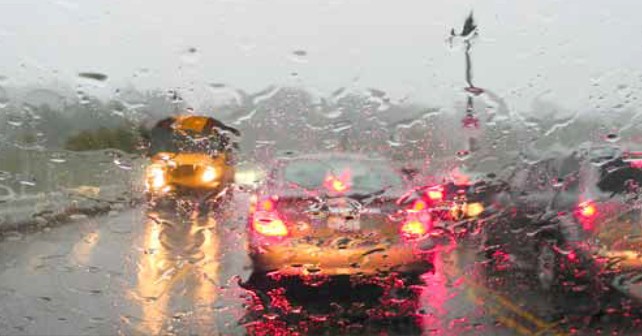







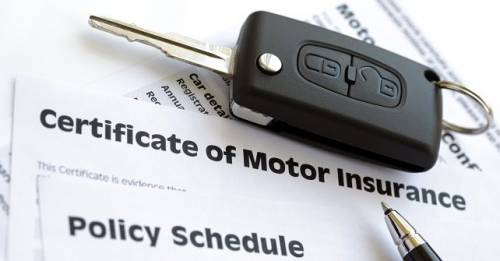
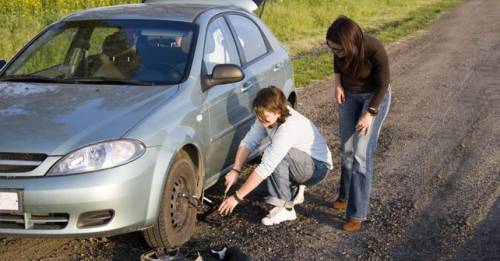
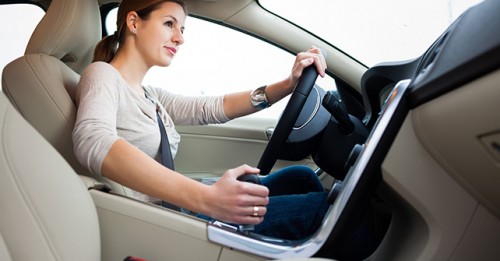

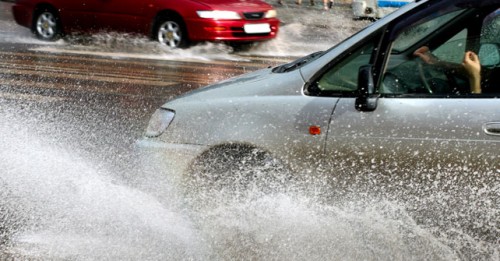














Write your Comment